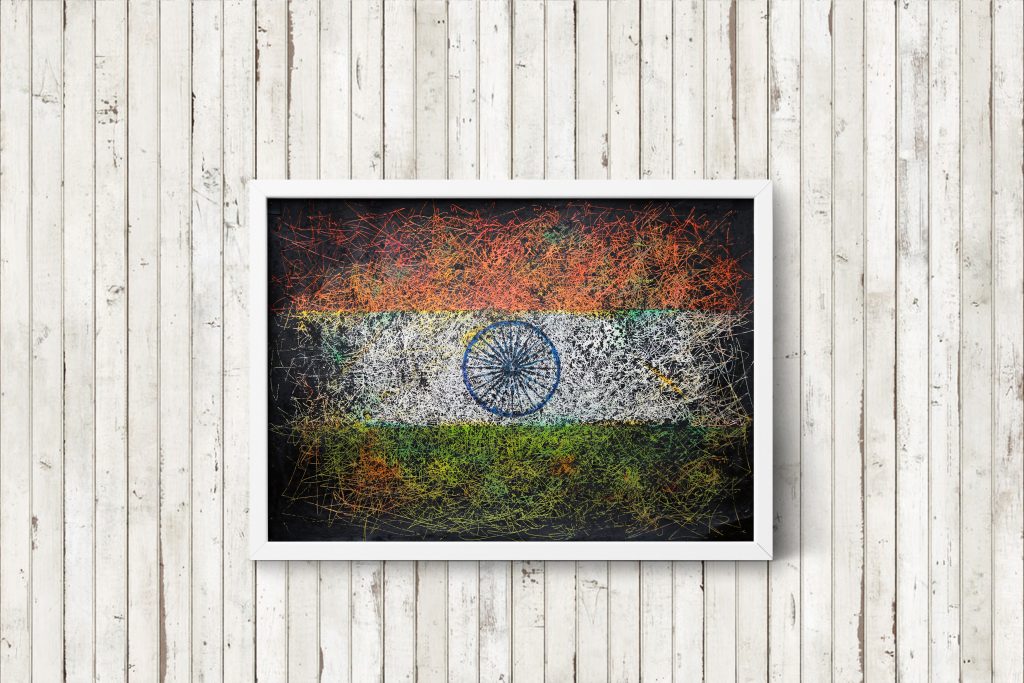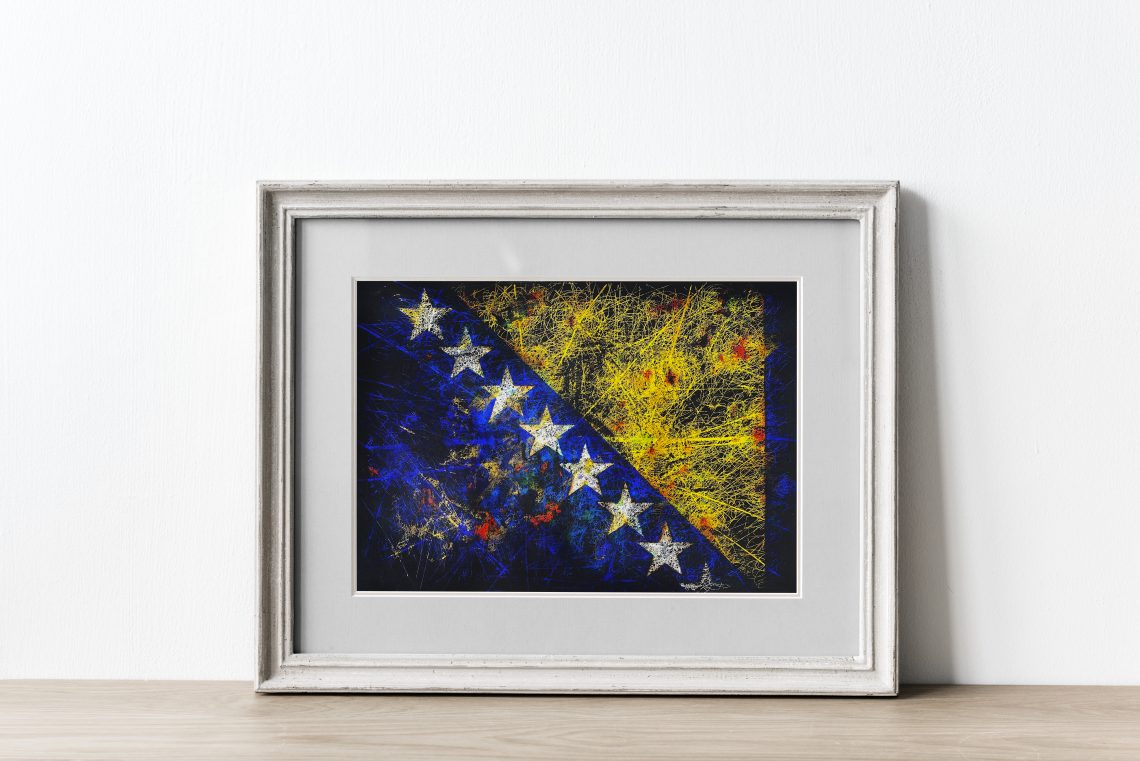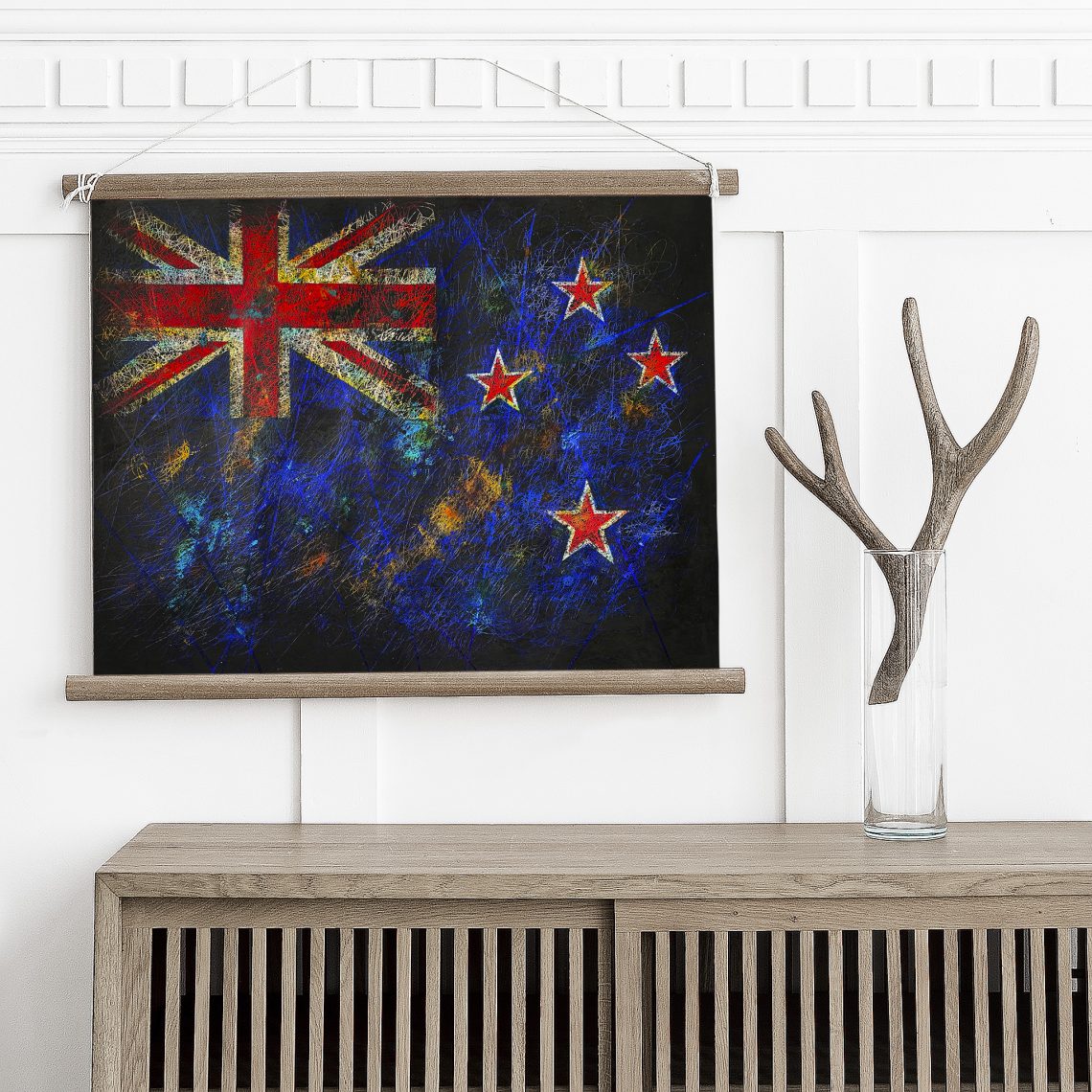Flags are symbols of national identity, unity, and pride. They represent a country’s history, culture, and aspirations, and are a source of inspiration for its people. But have you ever wondered how flags of countries are created? In this blog post, we will explore the design process and significance of flags of countries and provide some examples.
The Design Process
The design process of a flag typically begins with a committee or a group of individuals tasked with creating a design that represents the country’s identity, culture, and aspirations. This group may include government officials, artists, historians, and members of the public, and their goal is to create a design that reflects the unique character of the country.

For example, the flag of France was created during the French Revolution in 1794 and it features the iconic blue, white, and red stripes inspired by the colors of the Parisian coat of arms. The flag of the United States was designed in 1777 and features stars and stripes symbolizing the country’s unity and freedom.
The design process may involve several rounds of revisions and feedback, with the final design being selected through a vote or approval by the government. In some cases, the design may be created through a public contest, where individuals are invited to submit their designs and the winning design is selected through a vote.
For example, the flag of Canada was created through a public contest in 1964, where over 2,000 designs were submitted and the winning design was selected by a panel of judges. The current flag of Australia was also created through a public contest in 1901, where over 32,000 designs were submitted and the winning design was selected by a panel of judges.
Once the design is finalized, it is usually accompanied by a set of guidelines that specify the exact colors, proportions, and symbolism of the flag. These guidelines ensure that the flag is displayed consistently and correctly, and they help to maintain the integrity of the flag’s design over time.
The Significance
Flags are an important part of a country’s cultural heritage and national identity. They represent a country’s history, traditions, and aspirations, and they serve as a source of inspiration and pride for its people.
Flags are also an important part of many important national events and ceremonies, such as independence day, memorial day, and sporting events. They are flown on public buildings, military installations, and private homes, and they are often seen as a symbol of the country’s unity and solidarity.
For example, the flag of India is an important symbol of the country’s independence and cultural heritage. It features the iconic Ashoka Chakra, a 24-spoke wheel that represents the country’s progress and unity, and it is an essential part of the country’s independence day celebrations and other important national events.

In conclusion, flags are an important symbol of national identity, unity, and pride. The design process of a flag involves a group of individuals working to create a design that reflects the unique character of a country, and the final design is accompanied by a set of guidelines to ensure its consistency and integrity over time. Flags serve as an important part of a country’s cultural heritage and national identity, and they are a source of inspiration and pride for its people.





